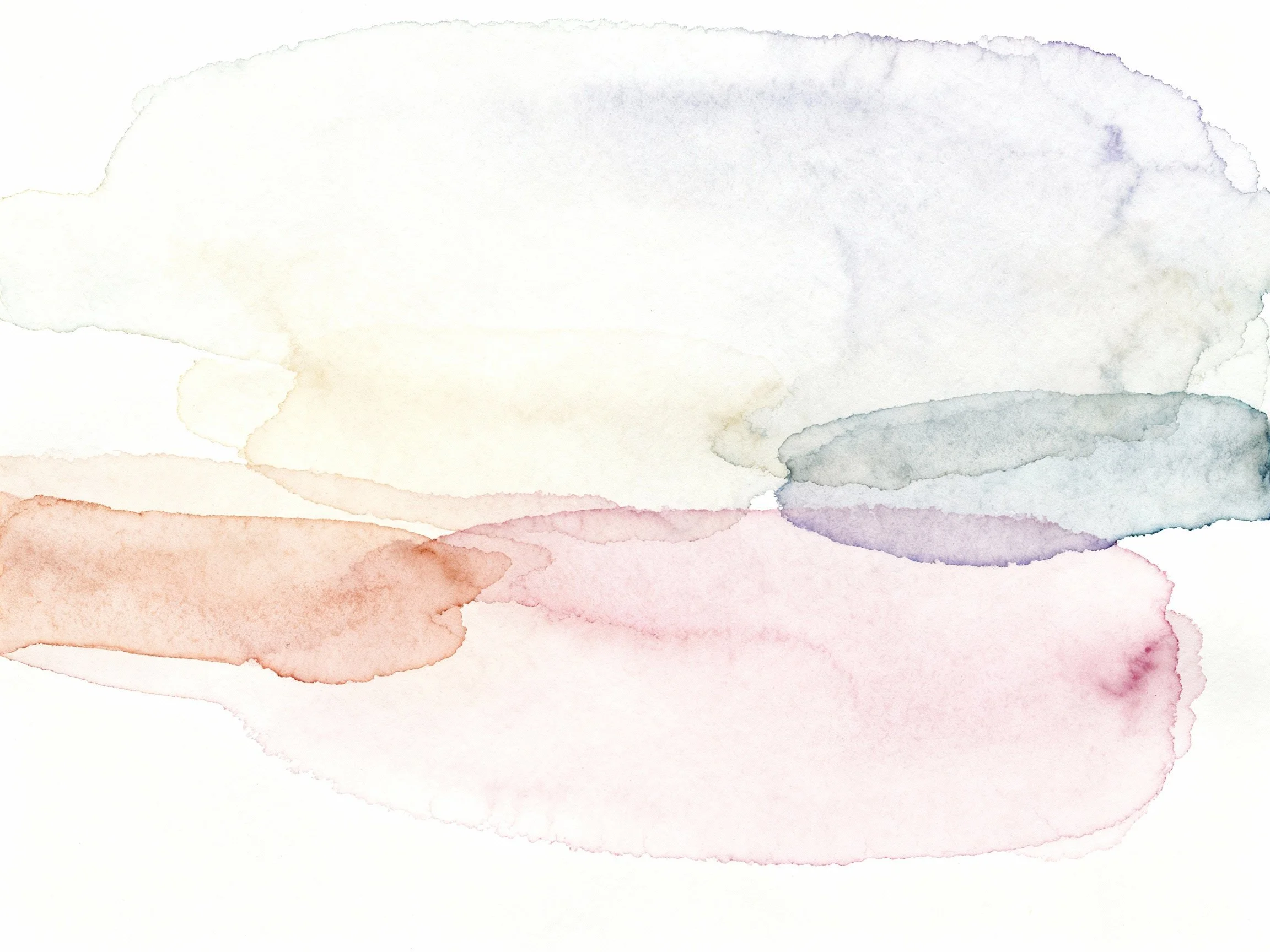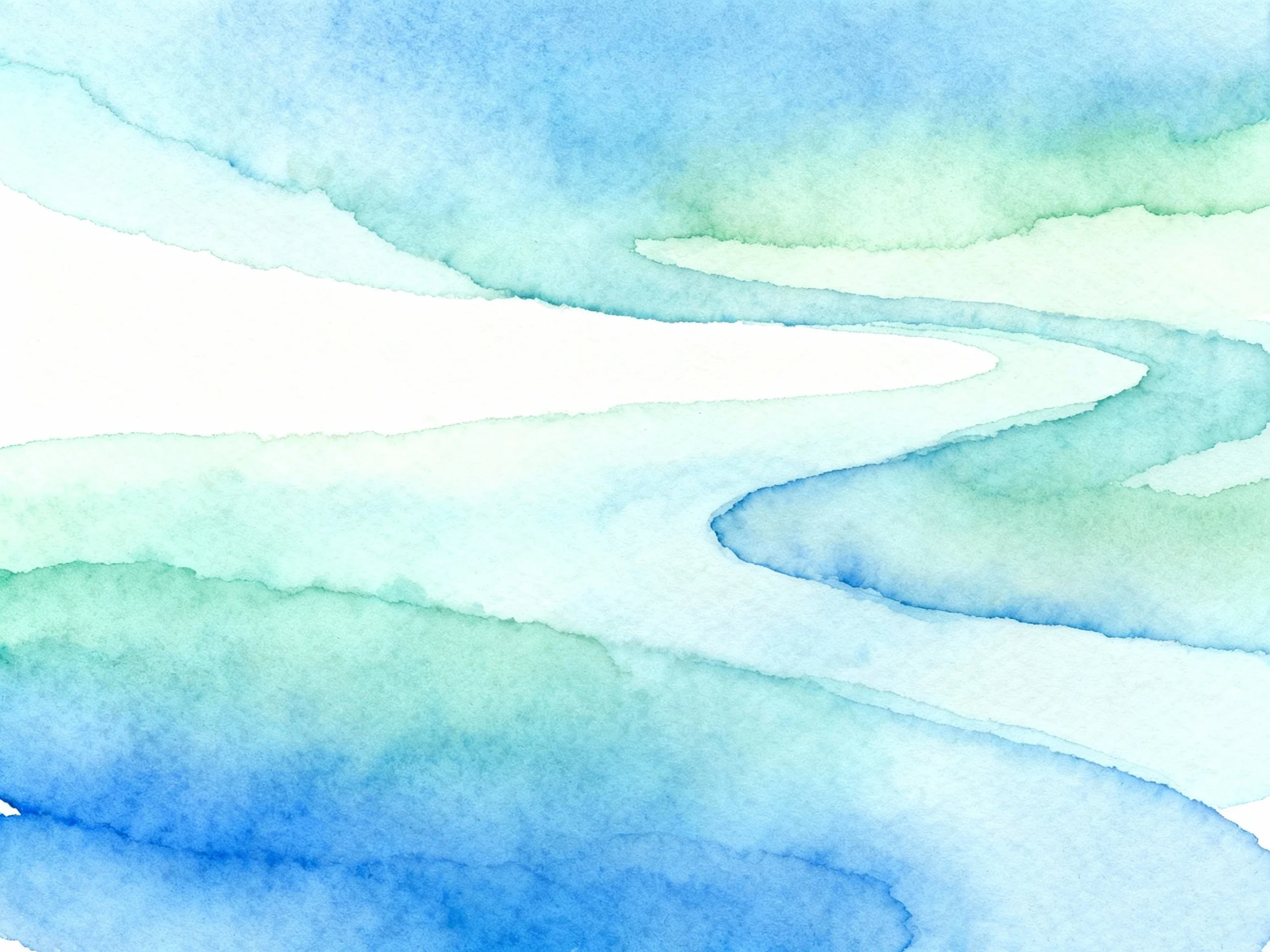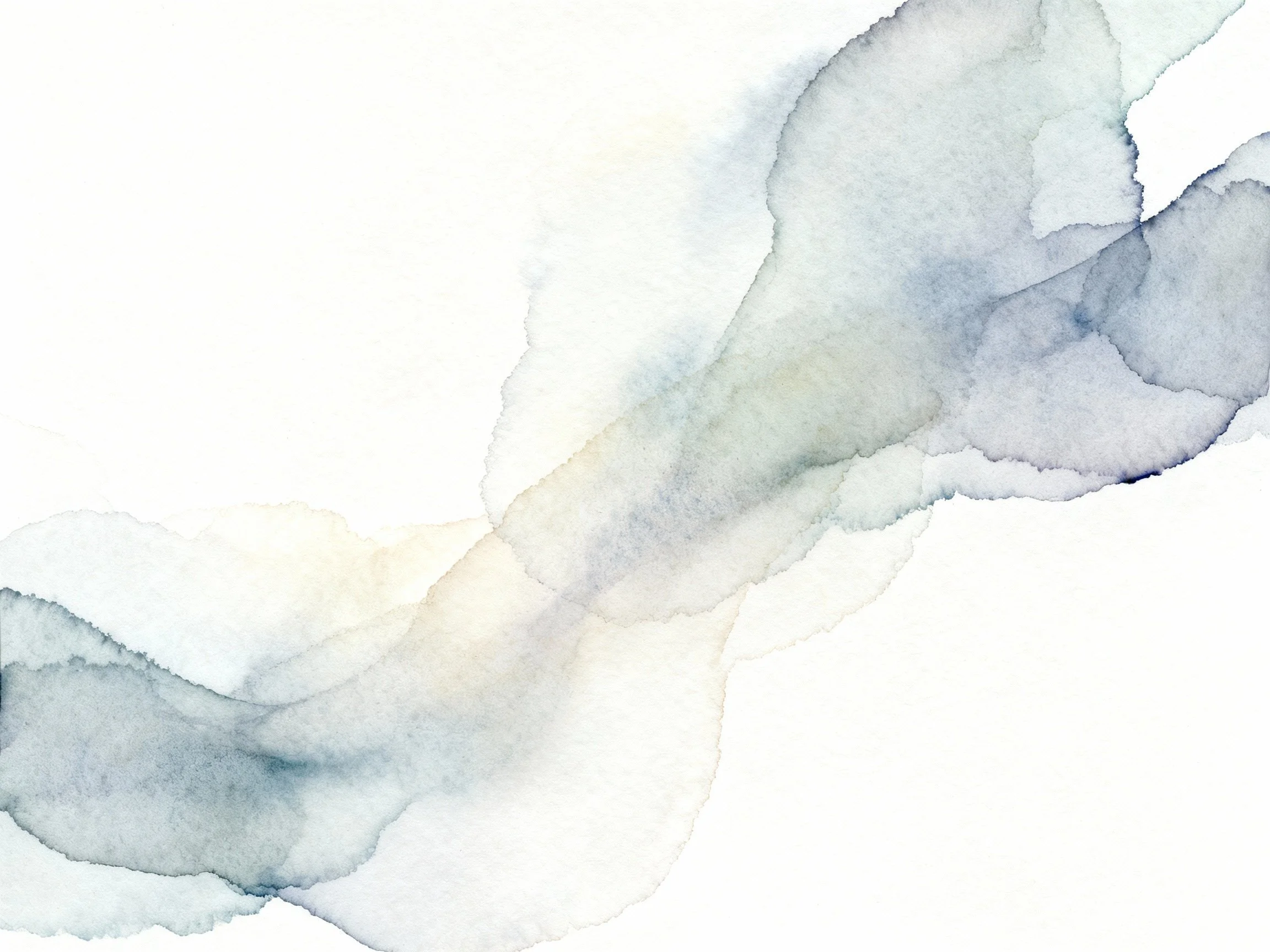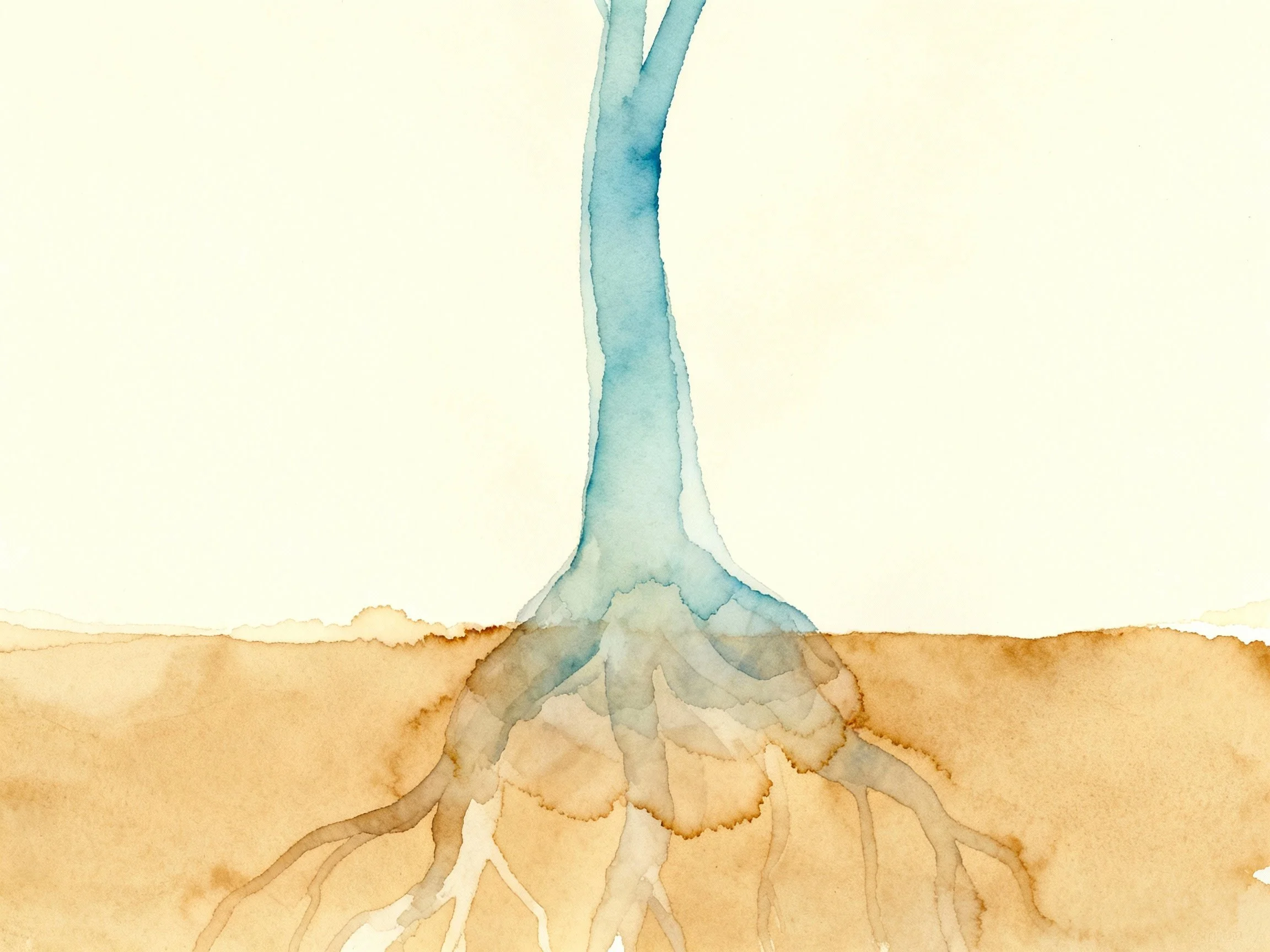Non-Judging: Observing Without Criticism

When we first encounter the concept of non-judging in mindfulness, it can seem paradoxical or even impossible. After all, isn't making judgments a fundamental part of being human? How can we possibly stop judging? The truth is, the non-judging attitude isn't about eliminating judgment—it's about changing our relationship with it.
Non-judging is the first of the seven foundational attitudes of mindfulness, as described by Jon Kabat-Zinn in his pioneering work on mindfulness-based stress reduction. It forms the bedrock upon which the other attitudes—patience, beginner's mind, trust, non-striving, acceptance, and letting go—can flourish.
What Non-Judging Really Means
At its core, non-judging means observing our experiences without immediately categorizing them as "good" or "bad," "right" or "wrong," "should" or "shouldn't." It's about witnessing what is happening in the present moment with curiosity and openness, rather than through the filter of our preconceived notions and automatic evaluations.
Think of your mind as a courtroom where you're constantly playing judge, jury, and prosecutor. Every thought, feeling, and sensation that arises is immediately put on trial. "This anxiety is bad. I shouldn't feel this way. There's something wrong with me for having these thoughts." Non-judging is like stepping down from the bench and simply observing the proceedings without delivering a verdict.
The Difference Between Discernment and Judgment
It's important to distinguish between judgment and discernment. Discernment is the ability to make wise choices and recognize patterns—a crucial life skill. Judgment, in the mindfulness context, refers to the habitual, often unconscious labeling of experiences as good or bad, accompanied by emotional reactivity and self-criticism.
For example:
- •Discernment: "This food has gone bad; I shouldn't eat it."
- •Judgment: "I'm so stupid for forgetting about this food. I always waste things. I'm such a failure."
Non-judging doesn't mean accepting harmful situations or abandoning our capacity to make sound decisions. It means approaching our inner experience with less harshness and more curiosity.
Understanding Non-Judging Through Examples
Learning to recognize the difference between judging and observing is the first step in cultivating non-judgment. Let's explore what this looks like in practice.
What Non-Judging Looks Like
I notice anxiety arising in my body. There's tightness in my chest and racing thoughts. This is uncomfortable, and it's what's present right now.
What Non-Judging Is NOT
I'm feeling anxious again. This is terrible. I should be over this by now. Everyone else seems fine—what's wrong with me?
When we approach anxiety with non-judgment, we create space to understand it rather than fighting against it. This same principle applies to all experiences, including our mistakes and setbacks.
Mindful Response to Mistakes
I made a mistake in that presentation. I feel embarrassed. This is a learning opportunity to understand what led to the error.
Judgmental Response to Mistakes
I can't believe I made that error. I'm such an idiot. Everyone must think I'm incompetent. I'm a failure.
Common Misconceptions
Non-judging means being passive or indifferent
Non-judging doesn't mean you become passive or stop caring about outcomes. You can still have preferences, set goals, and work toward positive change. The difference is in how you relate to the process and to yourself along the way. You can care deeply while holding things lightly.
It means agreeing with everything
Observing without judgment doesn't mean you agree with or condone everything that happens. You can acknowledge 'This situation is causing harm' without adding layers of self-blame, catastrophizing, or rumination. Non-judging is about observing clearly, not approving blindly.
It means having no opinions
You can hold opinions and values while practicing non-judgment. The key is holding them lightly, remaining open to new information, and not rigidly attaching your sense of self-worth to being 'right.' Your values guide you without imprisoning you.
You'll never judge again
The practice isn't about eliminating all judgment—that's impossible and not the goal. It's about noticing when judgment arises, understanding it's a mental habit, and gently returning to observation. Even the thought 'I'm not doing this non-judging thing right' is just another judgment to notice with kindness.
Understanding what non-judging is not can be just as important as understanding what it is. These misconceptions often prevent people from truly engaging with the practice. Remember, non-judging is about observing with clarity and compassion, not about becoming passive or uncritical.
Applying Non-Judging in Daily Life
The real test of non-judging comes in our everyday moments. Here are practical ways to integrate this attitude into different areas of your life.
Judgmental Thoughts
When you catch yourself thinking 'They're so lazy,' pause and reframe: 'They're approaching this differently than I would.'
Mistakes as Data
Instead of harsh self-criticism, ask 'What can I learn from this?' This creates psychological safety for growth.
Meeting Mindfulness
Listen to others' ideas without immediately categorizing them. Notice the urge to dismiss and ask 'What's interesting here?'
Observing Perfectionism
When perfectionist thoughts arise, acknowledge them: 'I notice perfectionism. What would good enough look like?'
Release Comparison
When comparing yourself to colleagues, notice it happening: 'Comparison is a thought pattern, not truth. My path is unique.'
Feedback Without Defense
When receiving criticism, pause before reacting defensively. Can you hear the feedback without immediately judging yourself or the messenger?
Quick Practices You Can Try Today
The RAIN Practice
When you notice judgment arising, try this four-step practice:
- •Recognize: Acknowledge that judgment is present
- •Allow: Let it be there without trying to push it away
- •Investigate: Get curious about what's underneath (fear, hurt, unmet need?)
- •Nurture: Offer yourself compassion for this very human experience
The Label and Let Go Technique
Throughout the day, when you notice a judgmental thought, simply label it: "Judging." Then imagine it as a cloud passing through the sky of your awareness. You don't need to push it away or cling to it—just notice and let it pass.
The Body Scan for Judgment
Set a timer for 2 minutes. Scan your body from head to toe. Notice any sensations without labeling them as comfortable or uncomfortable, pleasant or unpleasant. Simply notice: pressure, warmth, tingling, tightness. This builds the muscle of pure observation.
Frequently Asked Questions
What does non-judging really mean in mindfulness?
Non-judging means observing your experiences without immediately categorizing them as "good" or "bad," "right" or "wrong." It's about witnessing what is happening in the present moment with curiosity and openness, rather than through the filter of automatic evaluation. Think of it as stepping down from the judge's bench in your mind and simply observing what arises—thoughts, feelings, sensations—without delivering a verdict.
Isn't making judgments a necessary part of life?
Yes! It's crucial to distinguish between judgment and discernment. Discernment is the ability to make wise choices and recognize patterns—an essential life skill. Judgment, in the mindfulness context, refers to the habitual, often unconscious labeling of experiences accompanied by emotional reactivity and self-criticism. For example, discernment says "This food has gone bad; I shouldn't eat it." Judgment says "I'm so stupid for forgetting about this food. I always waste things. I'm such a failure."
How do I stop judging if it's so automatic?
You don't try to stop judging—that would be judging yourself for judging! Instead, you practice noticing when judgment arises. The moment you recognize "Oh, I'm judging right now," you've already created space. The practice isn't about eliminating judgment but about changing your relationship with it. Notice it, get curious about what's underneath it (often fear or hurt), and choose whether to believe it or let it pass like a cloud.
Can I practice non-judging with myself?
Absolutely, and this is often where the practice is most needed. Self-judgment can be particularly harsh and relentless. Start by noticing your internal dialogue, especially during difficult moments. When you catch yourself thinking "I should be better at this" or "What's wrong with me?", practice treating these thoughts with the same gentle curiosity you'd offer a friend. The question becomes: "Is this judgment helping me, or is it adding unnecessary suffering?"
What's the difference between non-judging and accepting harmful behavior?
Non-judging doesn't mean you accept harmful situations or abandon your values. You can recognize that something is harmful or wrong without adding the extra layer of harsh judgment. For instance, you might observe "This relationship dynamic is unhealthy and I need to create boundaries" (discernment + action) versus "I'm such an idiot for being in this situation and there must be something deeply wrong with me" (judgment). Non-judging allows for clear seeing and wise action without self-attack.
Reflection Questions
What situations or people trigger the most judgment in you?
What judgments do you most frequently hold about yourself?
What would become possible if you approached these judgments with curiosity instead of belief?
Can you identify a moment when suspending judgment opened up a new possibility?


